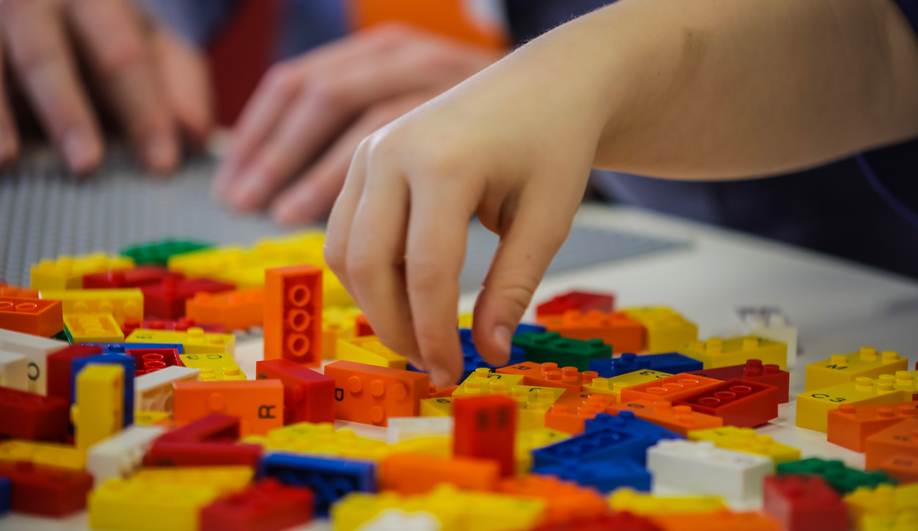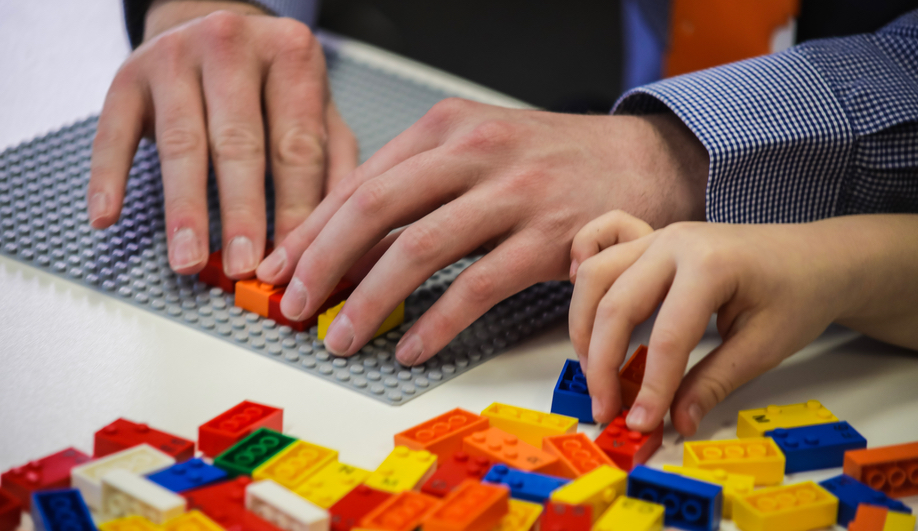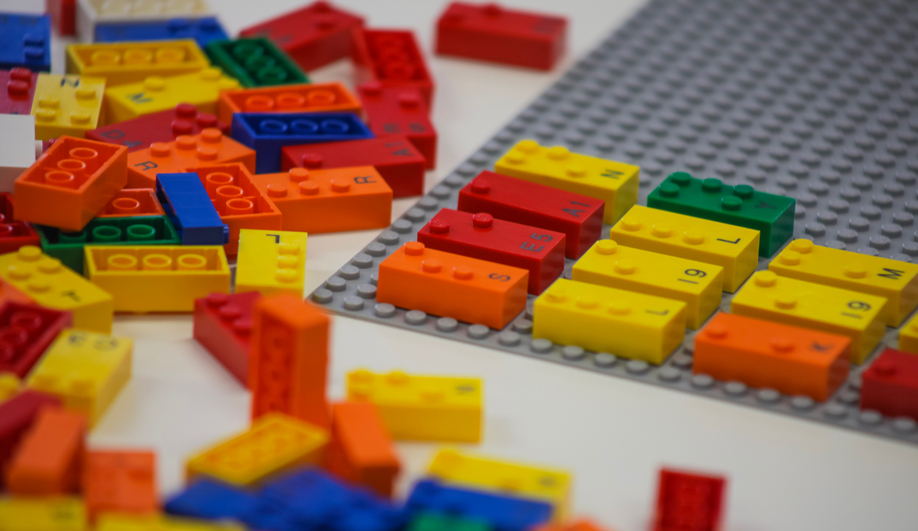
For millions of children the globe over, multi-coloured, stackable Lego bricks are an integral – and formative – part of childhood. The interlocking toys can spark a lifelong fascination with layout and fabrication in budding designers and engineers. Now, the ubiquitous blocks are becoming more accessible, with a pilot project underway to help blind and visually impaired children learn Braille with specialized Lego sets.

Moulded with the studs used for individual letters in the Braille alphabet, the new sets will feature approximately 250 bricks. Each module will also be embossed with a printed letter or character, allowing for play and collaboration between sighted and visually impaired peers, and between students and teachers. Encouraging interaction on equal terms, the simple tactility of plastic bricks also presents a way for both sighted and non-sighted children to learn Braille through play.

“Children dislike making mistakes,” explains teacher Sue Lock. “If you’re using a Braille machine, your mistakes are there, written large.” By contrast, “children love being able to make something, unmake it if it’s wrong, and make it again.” Nourishing a sense of spontaneity, creativity and – most importantly – fun, the bricks are making “literacy far more accessible than it ever was before.” Compared to the cumbersome, anachronistic machines typically used to learn Braille, the Lego bricks also offer a more portable, tactile experience.

By creating a new pathway to learning, the Lego bricks aim to tackle what’s been described as a “Braille literacy crisis.” In the era of described audio and smartphones, the centrality of Braille in daily life has rapidly waned in recent decades, with only 10 per cent of blind children in the United States now learning the writing system, compared to approximately 50 per cent in 1950.
Although the necessity of day-to-day Braille use has greatly diminished, the importance of literacy hasn’t. Praising Lego’s initiative, Massachusetts educator Kate Katulak frames Braille as a necessary complement to audio technology. “Audio books are wonderful, but when you think about listening to an audio book, there’s really important information that you’re missing,” she told NPR. “You’re not hearing how words are spelled, grammar, punctuation, where does a paragraph begin and end.”

Set to launch internationally in 2020, the Lego Braille set is being tested this year in English, Danish, Norwegian, Portuguese, German, Spanish and French. It’s a plan long in the making, building on an idea proposed to the LEGO Foundation in 2011 by the Danish Association of the Blind, and in 2017 by the Brazilian-based Dorina Nowill Foundation for the Blind.
